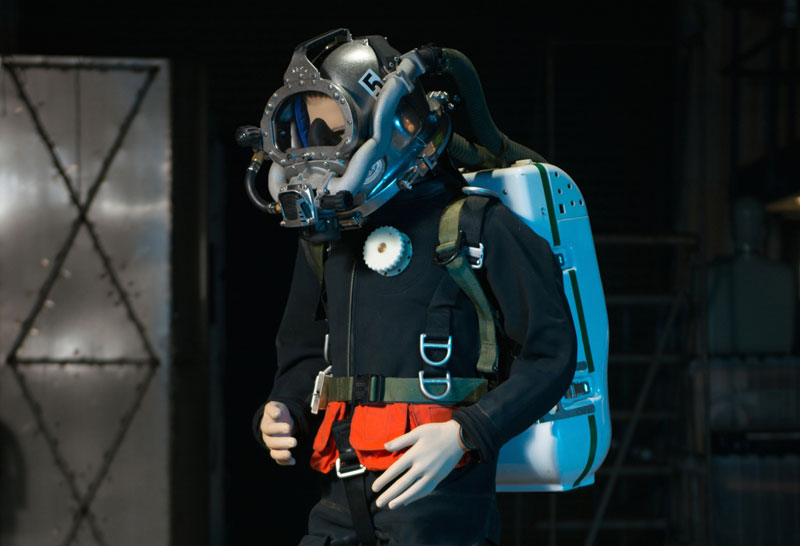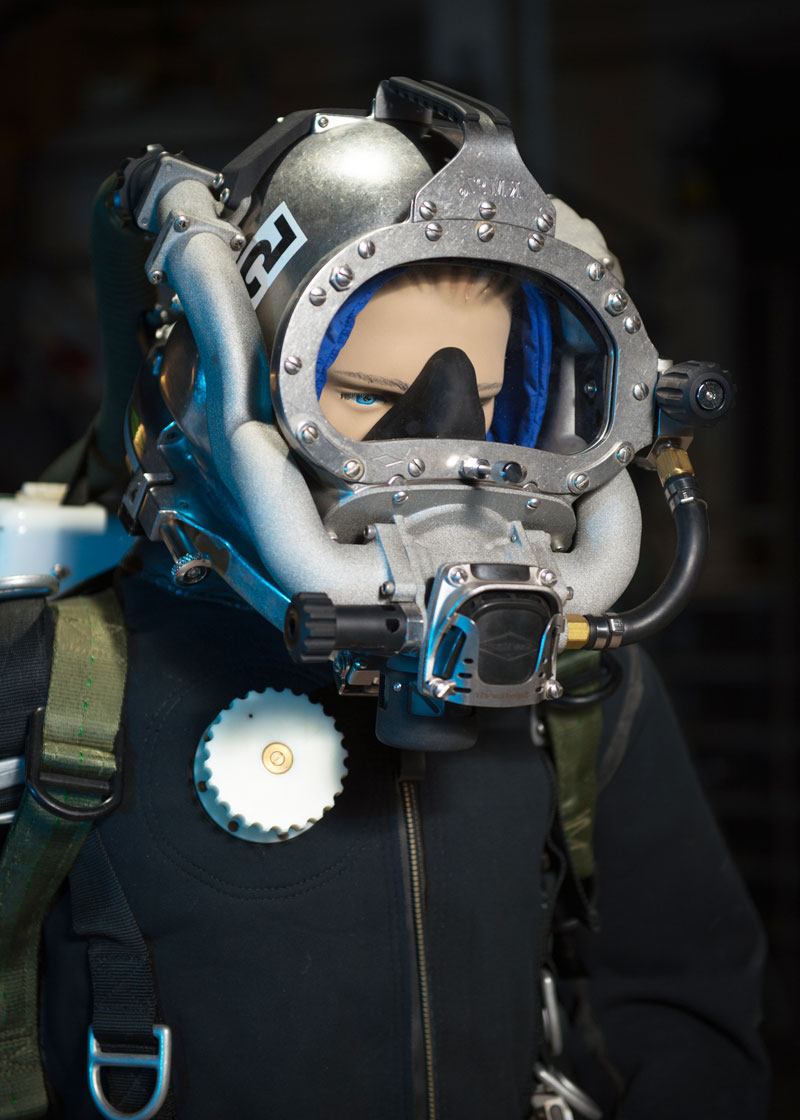Let’s face it – helium is just plain fun. We’ve all had helium balloons around at birthdays since we were kids, and sometime later learned how much fun we can have inhaling the gas to make our voice sound like a cartoon character.
Unfortunately, helium isn’t just fun, it’s also running in short supply. Balloon sales have dropped about 20 percent over the past two years, and party supply stores are turning away customers because they don’t have enough helium in their tanks. The federal government even narrowly averted shutting off the nation’s helium reserves in 2013 (the Federal Helium Reserve in Amarillo, Texas, provides 42% of the country’s helium and 35% of the world’s supply.)
As helium is a key component in deep diving, the U.S. Navy had to address the helium shortage and come up with a better diving suit for their deep diving activities. The Navy’s Initial Response Diving program has a standing goal of having a diver 600 feet underwater, anywhere in the world, in just 36 hours, which means having a lot of helium on stand-by, taking up a lot of room, on a lot of ships. Deep diving suits currently used by the Navy today use a “fly-away mixed gas system” (a.k.a. open-circuit) that sends exhaled air out into the water, and that just won’t fly with the worldwide shortage of helium.
To address the helium shortage, the U.S. Naval Surface Warfare Center in Panama City, Florida used a substantial dose of their legendary ingenuity and developed a new prototype life support system for their divers.
Currently, U.S. Navy mobile diving and salvage units meet their requirement for manned diving operations with the Fly-Away Mixed Gas System (FMGS). The FMGS provides breathing gas through an umbilical to a demand regulated, open circuit, diver-worn helmet. In each breathing cycle all inhalation is from surface supplied gas, and all exhalant vents to the sea. In the process a large portion of oxygen and helium are wasted. The new system (which is currently a prototype) uses a semi-closed system that allows the divers to rebreathe a part of their air, reducing the amount of helium needed by the diver, and therefore reducing the amount of helium needed to be stored and carried on their ships.
“This new, semi-closed system was conceived to drastically reduce helium requirements,” said NSWC PC Principal Investigator Dr. John Camperman. “And where possible we also incorporated proven technology in the system in order to speed transition to operators.”
The implications of this project have international and humanitarian significance. The IRD project could support life-saving rescues for survivors trapped in a capsized hull, or subsea infrastructure maintenance. The project could also enhance disabled submarine assessment and escape, or rapidly recover sensitive debris from vessels, aircraft or spacecraft.
There’s no word on the price or when the prototype will be put into widespread use, but don’t count on finding this in your local dive store anytime soon!


